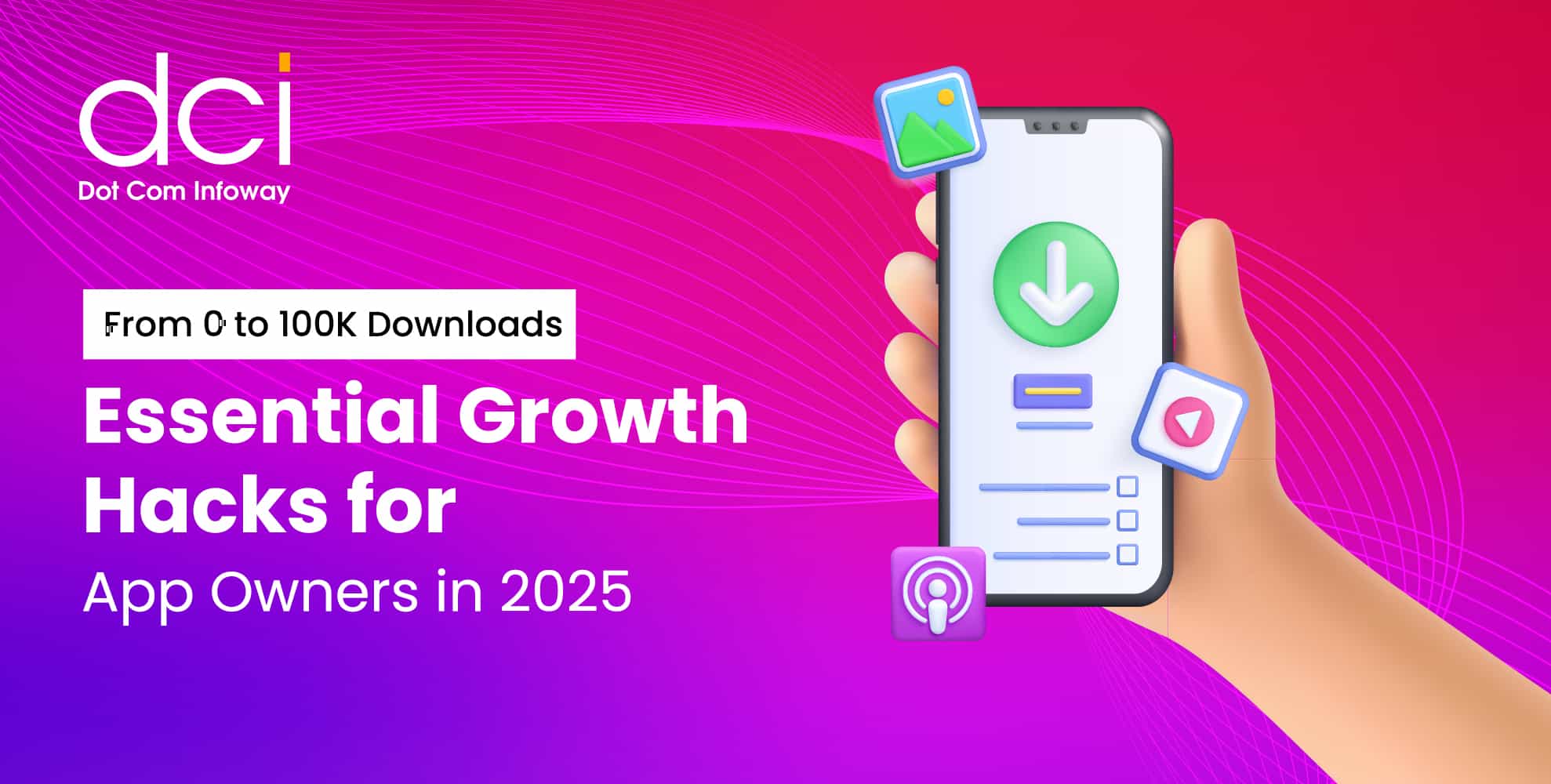6. Design for Gesture-Based Navigation
Touch gestures have evolved beyond simple taps and swipes. Modern users expect sophisticated gesture recognition that feels intuitive and reduces the need for visible UI elements. Creating user-friendly apps now means anticipating and supporting complex gesture patterns.
Study successful implementations like Instagram’s stories navigation, Pinterest’s pinch-to-zoom functionality, or Tinder’s swipe mechanics. These gesture patterns have become so ingrained in user behavior that similar implementations across different apps feel natural and expected.
Focus on implementing gestures that align with user mental models. Swipe patterns for navigation, pinch gestures for scaling, long-press for contextual menus, and edge swipes for quick actions can significantly enhance usability when implemented thoughtfully.
7. Prioritize Performance and Speed Optimization
Performance optimization remains crucial for user-friendly apps in 2026, despite improvements in device capabilities and network speeds. Users expect instantaneous responses, and even millisecond delays can impact user satisfaction and conversion rates.
Google’s Core Web Vitals and app performance metrics show that a one-second delay in mobile load times can reduce conversions by up to 20%. Amazon’s studies consistently demonstrate that every 100ms improvement in load time translates to increased user engagement.
Implement advanced caching strategies, optimize image delivery through modern formats like WebP and AVIF, minimize JavaScript bundle sizes, and use lazy loading techniques. Consider implementing skeleton screens and progressive loading to maintain perceived performance even during slower network conditions.
8. Integrate Biometric Authentication Seamlessly
Security and convenience no longer exist in opposition. Modern user-friendly apps leverage biometric authentication to create frictionless yet secure user experiences. Face ID, Touch ID, and voice recognition have become standard expectations rather than premium features.
Apple Pay, Samsung Pay, and banking applications like Chase Mobile demonstrate how biometric integration can streamline user workflows while maintaining high security standards. Users complete transactions 3x faster when biometric authentication replaces traditional password entry.
Design your authentication flows to gracefully fall back to alternative methods while prioritizing biometric options. Consider implementing adaptive authentication that adjusts security requirements based on user context, device trust levels, and transaction sensitivity.
9. Implement Dark Mode and Adaptive Theming
Visual comfort directly impacts how users perceive your application’s friendliness. Dark mode adoption has exceeded 70% among mobile users, making adaptive theming essential for creating user-friendly apps that respect user preferences and environmental contexts.
Beyond basic dark/light mode toggles, consider implementing adaptive theming that responds to ambient light conditions, time of day, and user activity patterns. Apps like Apple’s iOS interface and Google’s Material You design system demonstrate how dynamic theming can enhance user comfort and engagement.
Ensure proper contrast ratios across all theme variations, test color accessibility thoroughly, and maintain brand consistency while adapting to user preferences. Remember that theme preferences often correlate with accessibility needs and battery conservation strategies.
10. Focus on Data Privacy and Transparent Permissions
User trust has become the foundation of successful mobile applications in 2026. With increased privacy regulations and user awareness, creating user-friendly apps requires transparent data handling practices and respectful permission requests.
Apple’s App Tracking Transparency and Google’s Privacy Sandbox have fundamentally changed how apps can collect and use user data. Successful applications now lead with privacy-first approaches that build user trust while delivering valuable experiences.
“Privacy is not about hiding something. It’s about protecting something precious: your users’ trust,” states Tim Cook, CEO of Apple, in the company’s latest privacy report.
Implement just-in-time permission requests, provide clear explanations for data usage, offer granular privacy controls, and ensure users can easily modify their privacy preferences. Consider implementing privacy-preserving analytics and local data processing to minimize external data sharing.
Building the Future of Mobile Experiences
Creating user-friendly apps in 2026 requires balancing cutting-edge technology with fundamental usability principles. The most successful applications will be those that feel effortless to use while leveraging advanced capabilities to solve real user problems.
These ten strategies represent the current state of mobile app development best practices, but the landscape continues evolving rapidly. Stay connected with user feedback, monitor emerging technologies, and remain flexible in your development approach.
Success in mobile app development isn’t just about following trends: it’s about understanding your users deeply and creating experiences that genuinely improve their lives. Whether you’re building your first app or refining an existing product, these principles will help you create applications that users love and return to consistently.
For businesses looking to implement these advanced mobile app development strategies, partnering with experienced developers who understand the nuances of creating user-friendly apps can significantly accelerate your success. Dot Com Infoway’s mobile app development services combine technical expertise with user-centered design principles to help businesses create compelling mobile experiences that drive engagement and growth.







![The Game Marketing Guide: Pre and Post-Launch Strategies [Infographic]](https://www.dotcominfoway.com/wp-content/uploads/2023/09/DCI-Game-Marketing-blog-1.jpg)














